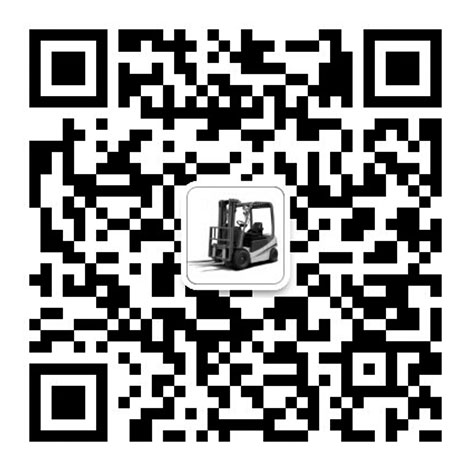Dock Leveler Nomenclature: Understanding the Terminology
Dock levelers are crucial equipment in logistics and warehousing, facilitating the efficient loading and unloading of goods between trucks and warehouses. To fully appreciate their functionality and importance, it is essential to understand the nomenclature associated with dock levelers. This article aims to provide a comprehensive overview of the key terms and components related to dock levelers.
A dock leveler primarily consists of a deck plate, which is hinged to the dock and an extension lip, which hinges to the front of the deck. This design allows the deck to move up and down, matching the height of the truck bed, thereby creating a seamless transition for material handling equipment like forklifts.
One fundamental term is the "hydraulically operated edge-of-dock leveler." As the name suggests, this type of dock leveler uses hydraulic cylinders to raise and lower the deck plate. Hydraulic systems provide the necessary power to handle heavy loads and ensure smooth, controlled movements.
Another important component is the "cross traffic legs." These legs are mounted on the ramp of the dock leveler and allow it to pivot between inclined, declined, and cross-traffic positions. Cross-traffic legs enhance versatility, enabling the dock leveler to serve multiple loading and unloading areas efficiently.
Safety is paramount in dock operations, and dock levelers incorporate various safety features. One such feature is the "dock-leveler lock." This lock ensures that the deck plate remains securely in place when not in use, preventing accidental movements that could cause injuries or damage. The "stop and lock mechanism" is another safety device that provides a positive stop at the deck's vertically stored position, ensuring it doesn't inadvertently fall or move.
Moreover, the "vertically storing dock leveler" is designed to be raised and locked in a near-vertical position when not in use. This design saves space and allows for better utilization of the dock area. A toggle mechanism or an auxiliary cylinder is often used to lock the bridge in place.
In conclusion, dock levelers are indispensable in modern logistics and warehousing. Understanding the nomenclature associated with these devices is crucial for their effective operation and maintenance. Terms like hydraulically operated edge-of-dock leveler, cross-traffic legs, dock-leveler lock, stop and lock mechanism, and vertically storing dock leveler are fundamental to grasp the intricacies of dock levelers. By familiarizing with this terminology, professionals can ensure the safe and efficient functioning of dock levelers, contributing to the overall productivity of logistics operations.


